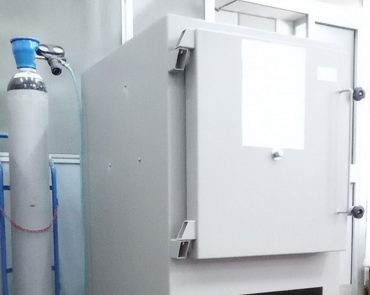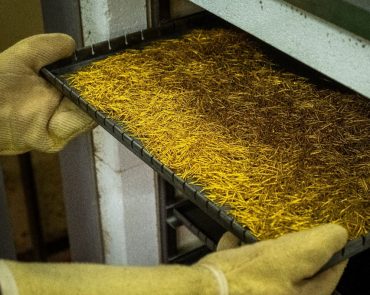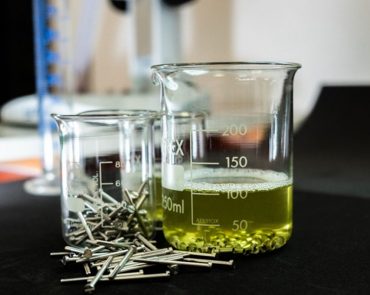Chemical Passivation
It is a chemical process that enhances a metal’s resistance to corrosive agents and can be used as a pre-treatment before starting the galvanic cycle, if required.
This process involves forming a dense and uniform film designed to keep the metal immune from chemical, atmospheric, and corrosive agents over time.
Passivation treatments are carried out by immersing the material in acidic solutions (usually nitric acid HNO3 or citric acid C6H8O7) and can be performed at room temperature or at a maximum temperature of 60°C to eliminate oily or greasy molecules present on small metal parts, in specialized baths or with the help of ultrasonic waves.
Heat Treatment
This process is intended to modify and/or alter the mechanical and technological properties of materials.



Heat Treatment: Processing Stages
Heat treatment involves several stages:

